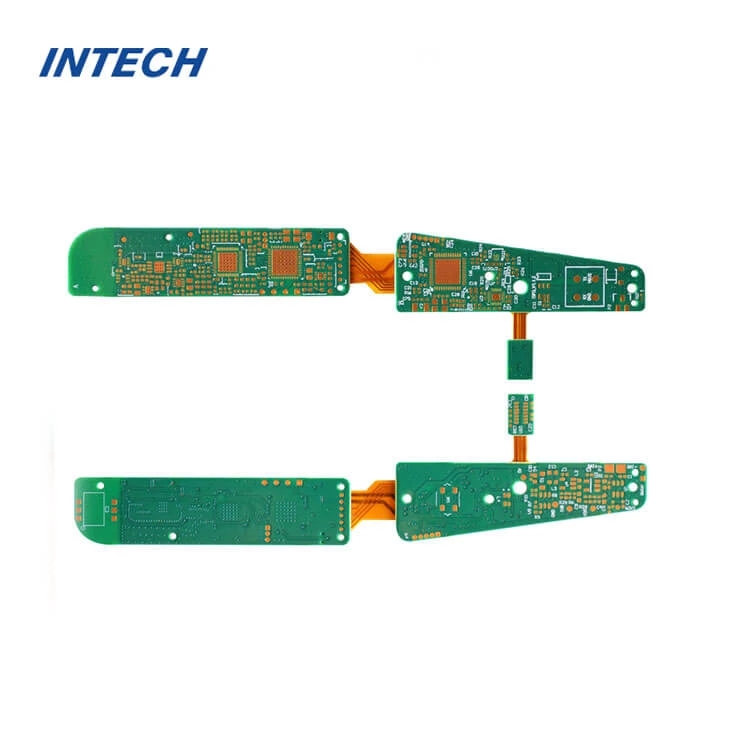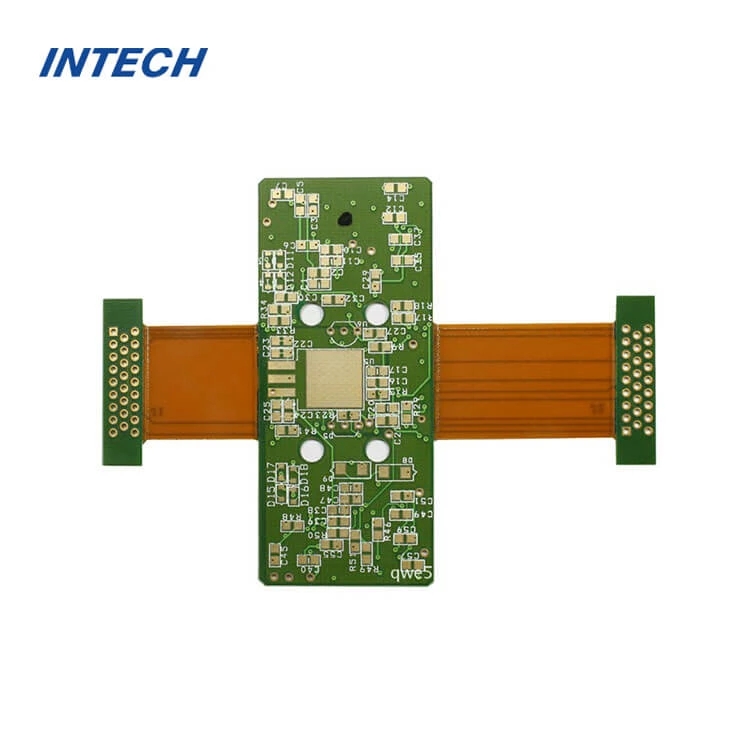How are flex rigid PCBs made?
Date:2024-03-12 02:52:02
Flexible Rigid PCBs, also known as flex-rigid boards, are an essential component in many electronic devices. They offer a unique combination of flexibility and rigidity, enabling the construction of complex circuitry in compact electronic devices. In this article, we will explore the detailed manufacturing process of flex-rigid PCBs, shedding light on the various steps involved.
1. Design and Layout
The first step in creating flex-rigid PCBs is the design and layout phase. This involves designing the circuitry and determining the desired flexible and rigid areas of the board. Specialized PCB design software is used to create the layout, making sure to optimize the arrangement for the desired flexibility and rigid structure.
2. Material Selection
Once the design is finalized, the appropriate materials for the board are chosen. The flexible portion is typically made of polyimide or polyester, which can withstand bending without breaking. The rigid part is usually composed of standard FR4 material. The selection of materials should consider factors like mechanical strength, flexibility, and compatibility with the manufacturing process.

3. Creation of Substrates
The next step involves creating the substrates for the flexible and rigid portions. The flexible portion is fabricated by laminating a thin layer of polyimide or polyester onto a release liner. The rigid part, on the other hand, is formed using traditional PCB manufacturing techniques, including copper cladding and etching, followed by drilling holes for component placement.
4. Bonding the Flex and Rigid Layers
After the substrates are prepared, the flex and rigid layers are bonded together. This is typically done by using an adhesive layer or a bonding sheet between them. The bonding process ensures the reliable connection between the two layers, providing the desired flexibility and rigidity. It is crucial to ensure proper alignment during this step to avoid misalignment of the circuitry.
5. Assembly and Finishing
After the bonding process, the flex-rigid PCB undergoes assembly and finishing. Electronic components such as resistors, capacitors, and integrated circuits are placed on the rigid area using automated assembly processes. The flexible portion is typically used for interconnecting different components. Once the components are placed, the board goes through soldering, testing, and inspection processes to ensure its functionality and quality.

Conclusion
Flex rigid PCBs are key components in modern electronic devices that require a balance of flexibility and rigidity. The manufacturing process involves careful design and layout, material selection, substrate creation, bonding, and final assembly. Understanding this detailed process provides insights into the complexity and precision required to produce reliable and high-quality flex-rigid PCBs.
